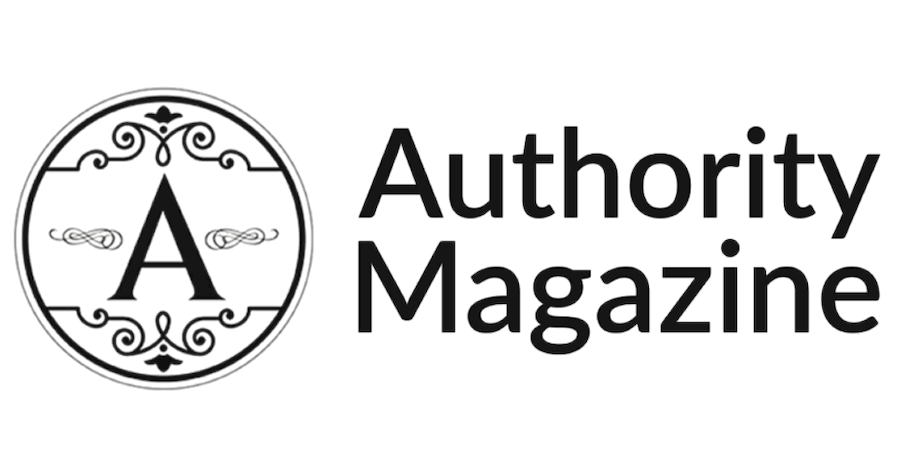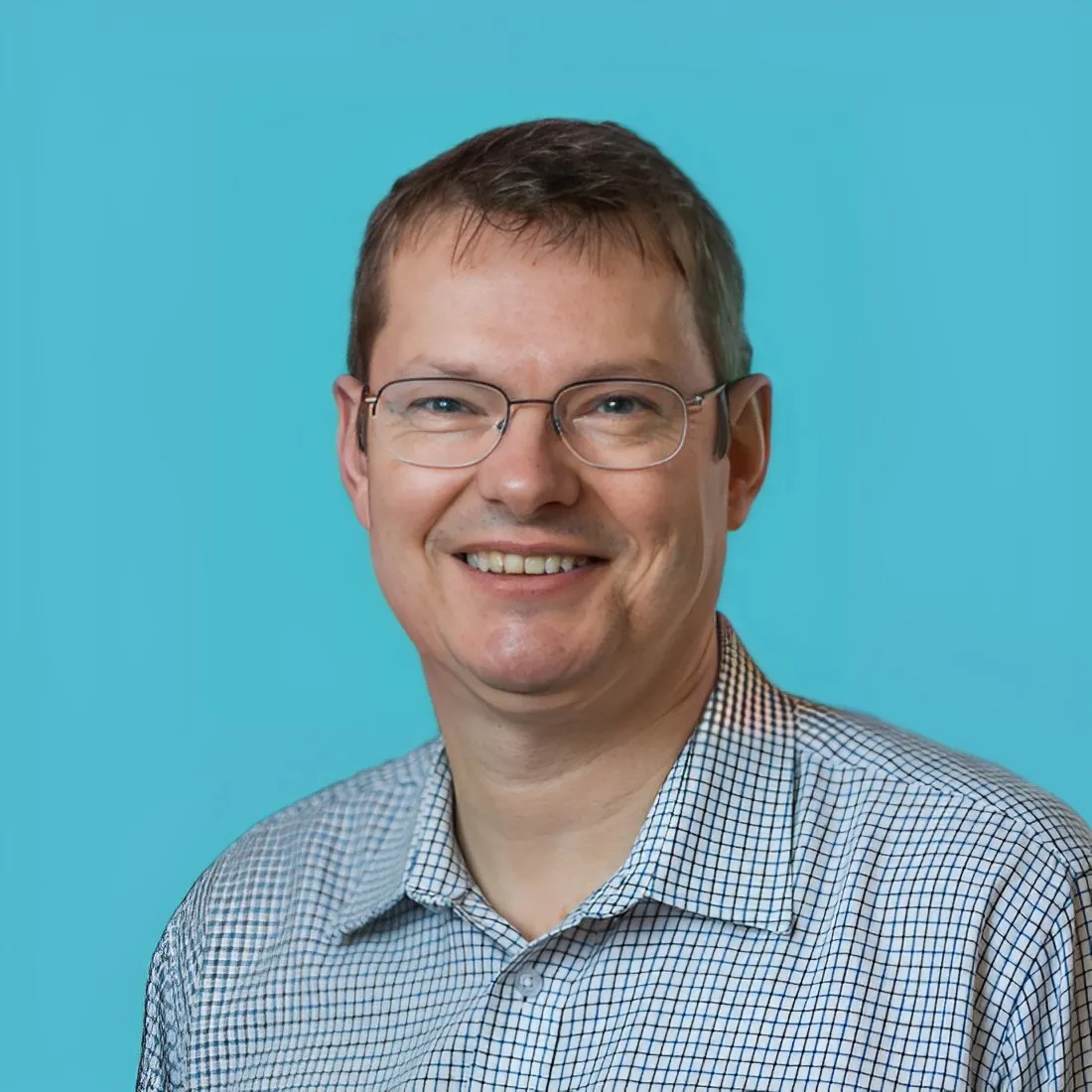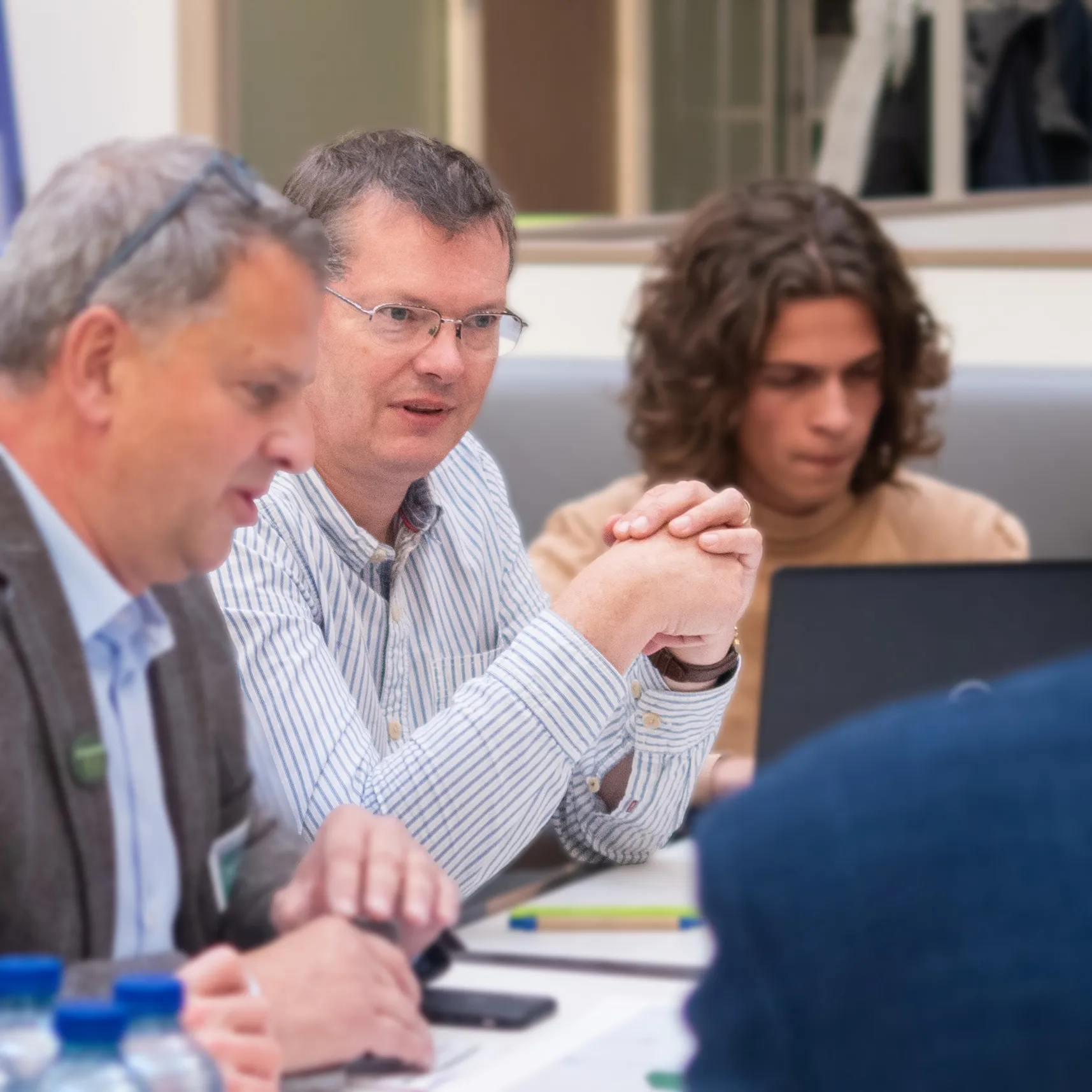Richard Brandon Of RtBrick On The Digital Divide and Why & How We Should Close It

This article was published in Authority Magazine on April 18, 2023. You can read the original article here
Be yourself. Once you’ve figured out how you’re naturally wired, don’t fight it, but play to your strengths. If you’re a creative type, use it. If you’re highly driven by data, delve into it. I like understanding how things work, and I like creating, so I’ve spent years in technology marketing.

Digital inequality reinforces existing social disparities, demanding considerable efforts to acknowledge and address this pressing issue. In this interview series, we are talking to business leaders, policymakers, think tanks, and experts on this topic to share their insights and stories about “How Companies and Policymakers Are Taking Action and Can Further Contribute to Closing the Digital Divide.” As part of this series, I had the pleasure to interview Richard Brandon.
Richard Brandon is Vice President of Strategy at RtBrick. He is a strategic and operational IT marketeer focused on results for his customers. Richard has experience within the networking, telecoms and TV industries.
Thank you so much for doing this with us! Before we dig in, our readers would like to ‘get to know you’. Can you tell us a bit about how you grew up?
Igrew up in the UK, in Birmingham, and I suppose I was a bit of a science nerd as a kid. I moved to London when I was eighteen to study Physics and have lived in or around London ever since.
Is there a particular book that made a significant impact on you? Can you share a story or explain why it resonated with you so much?
Lots of fiction has left its mark: Catch 22 (Joseph Heller), A Prayer for Owen Meany (John Irving), Lord of the Rings (I trust you know that one) but it’s actually a business book that springs out called Now, Discover Your Strengths (Buckingham and Clifton). I’d come across personality-types before, which I found fascinating. This book covers similar ground, but its key message is to focus on the things you’re naturally good at, rather than trying to compensate for areas of weakness. I found that liberating and it’s always stuck with me.
Do you have a favorite “Life Lesson Quote”? Do you have a story about how that was relevant in your life or your work?
It would have to be the adage that ‘Life is a journey not a destination.’ I think it’s important to be getting something out of what you’re doing at every possible moment. Alongside personal interests, it’s always helped guide my career choices too. I only look to work somewhere that I feel I can make a difference and to work with great people. Life is short, so don’t waste it!
Ok, thank you. Now let’s move to the main focus of our interview. How would you define the Digital Divide? Can you explain or give an example?
The pandemic has reminded us that reliable, high-speed network access has never been more important. There is a significant divide between urban and rural communities today, where many across the US and globally have limited access to acceptable broadband speeds — in some cases, even slower speeds than the moon might have soon. Just last year, the research found only 50% of homes in the continental US have true broadband speed of 25Mbps download or higher.
Can you tell our readers a bit about your experience working with initiatives to close the digital divide? Can you share a story with us?
We’ve used the same approach to building IP networks for decades. One of the reasons I went to RtBrick was that I saw an opportunity to do something disruptive, by building the broadband network infrastructure more like the computing industry works, with software running on open hardware. This can take significant costs out of the network, allowing the same investment to go much further. We’ve seen major telcos adopt this, like Deutsche Telekom in Germany, Europe’s largest carrier. And now we’re seeing US rural carriers looking at the same approach.
This may be obvious to you, but it will be helpful to spell this out. Can you articulate to our readers a few reasons why it is so important to create change in this area?
Broadband is a necessity for social and financial inclusion. Disproportionate access holds people back, further contributes to the skills gap, and negatively affects a country overall. We wouldn’t tolerate parts of our community having no access to electricity or water, why should we tolerate a lack of connectivity?
What specific actions has your company or organization taken to address the digital divide, and how do you ensure that your efforts are making a positive impact in the communities you serve?
We see our role as making broadband investment go further, by reducing the cost of building and running networks. We’re doing this by opening up the telco equipment model, what is often called disaggregation. Basically, this means running our software on a choice of open hardware platforms, rather than being forced to buy monolithic routing systems from a single vendor.
What are some of the challenges that individuals or communities face when trying to bridge the digital divide?
It’s hard to leave the digital divide entirely to market forces, which is why we welcome government initiatives to subsidize network build-out. But this is only half the story. It’s frustrating to see that precious funding is spent on ‘business-as-usual’ technology, when new alternatives are available that can deliver twice the results for the same cost.
What role do you see technology companies playing in closing the digital divide, and what steps can they take to ensure that their products and services are accessible to all?
Technology companies play a key role, both the vendors and the service providers. Ultimately the service providers depend on the technology vendors for innovation and in the telco space this is a world that has been stagnating for years now. The number of telco vendors has also been steadily shrinking, with a high barrier for new entrants and pressures to avoid equipment that comes from untrusted countries. That’s partly why the service providers are looking to disaggregated solutions. For the first time in years, they are getting more vendor choice, rather than less, and driving down costs while still sourcing software from trusted countries.
Because of investment coming from the federal government, we have funding for great access to infrastructure and digital skills training. In your view, what other policy changes are needed to address the digital divide? How can companies and policymakers work together to implement these changes?
I’m not sure we need new policies. More funding is, of course, always welcome, but I think the key is to adopt new more efficient ways of building and running these networks.
We are already in Web3.0. What should we be doing as leaders to ensure the next iteration(s) of the Web are green, accessible and beneficial to as many people as possible?
We’ve spoken quite a lot about access to the network, but the environmental impact of running IT is an important consideration.
There’s an e-waste factor to start with. In the past, systems were built with many interdependent parts in a chassis. If one part became outdated and needed upgrading, then the entire system may need to be thrown out. Disaggregated bare-metal switches can be swapped out separately as needed, and different vendors’ equipment can even be replaced by others, so it is more reusable and has a longer shelf life. It can be reprogrammed and given a new function with a different software — not left to waste.
Not only do open, bare-metal switches help eliminate e-waste generation, but they also significantly improve power efficiency thanks to the underlying silicon they use. Commercial, merchant silicon delivers the same performance as proprietary systems but is more advanced in terms of power consumption since it is brought to market one or two years faster.

This is the signature question we ask in most of our interviews. What are your “5 things I wish someone told me when I first started” and why?
- Know yourself. Understanding personality profiling was a really positive moment for me. Not only did I start to realize what made me tick, I also started to understand what made my colleagues tick. And even friends and family. I remember coming home and looking at my kids and thinking ‘Aha, that’s why you’re so different to each other!’
- Be yourself. Once you’ve figured out how you’re naturally wired, don’t fight it, but play to your strengths. If you’re a creative type, use it. If you’re highly driven by data, delve into it. I like understanding how things work, and I like creating, so I’ve spent years in technology marketing.
- Don’t try to be better at everything than the people you manage. I’ve been fortunate to have some great people working for me over the years. One thing I figured out early is that it isn’t my job to be better than them at everything. My job is to help them, rather than the other way around, by removing any obstacles they may have, for example. I think this is particularly important if your team covers a diverse range of functions.
- Only do something you care about. I’m into technology, so I work in technology. Don’t follow the money, follow your interests and the money will take care of itself, because you’ll be good at what you do.
- If in doubt, move jobs. I’m not advocating flitting around from one role to another without completing anything, and in fact I’d advocate staying exactly where you are, as long as you’re enjoying it. But sometimes things can go a bit flat or new opportunities arise that seem intriguing. That may apply to a move within a company as much as to a new company. But when I look back, I can’t ever think of a move that I regretted. There was always something new to learn from it, like my role here at RtBrick. Who’d have thought a small company like ours could be driving so much change!
What role can individuals play in closing the digital divide, and what steps can they take to support these efforts?
Well, I suppose that depends very much on their roles. For those involved in delivering broadband services, I’d encourage them to look into network disaggregation, and start evaluating the possibilities that it can bring.
How can our readers follow you online?
I often write on the RtBrick website and blog which is available here.
This was very meaningful, thank you so much. We wish you only continued success on your great work!
About the Interviewer: Monica Sanders JD, LL.M, is the founder of “The Undivide Project”, an organization dedicated to creating climate resilience in underserved communities using good tech and the power of the Internet. She holds faculty roles at the Georgetown University Law Center and the Tulane University Disaster Resilience Leadership Academy. Professor Sanders also serves on several UN agency working groups. As an attorney, Monica has held senior roles in all three branches of government, private industry, and nonprofits. In her previous life, she was a journalist for seven years and the recipient of several awards, including an Emmy. Now the New Orleans native spends her time in solidarity with and championing change for those on the frontlines of climate change and digital divestment. Learn more about how to join her at: www.theundivideproject.org.